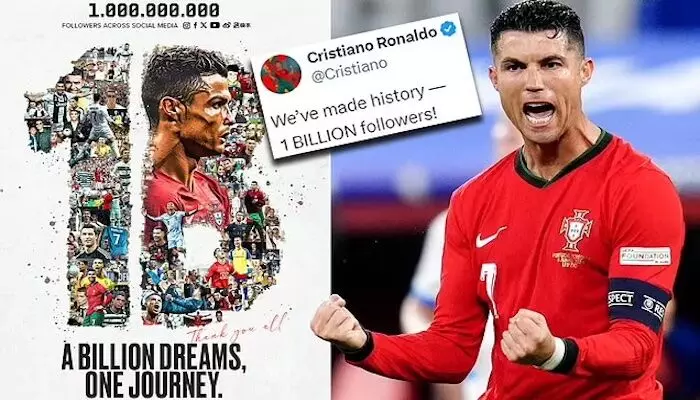Eliminating poverty from the country remains an impossible dream
Between 2018 and 2022, India is estimated to have produced 70 new millionaires every day
image for illustrative purpose

The world's top one per cent became richer by $40 trillion in 10 years, taxes on them at ‘historic lows’: Oxfam
While India is one of the fastest growing economies in the world, it is also one of the most unequal countries.
Inequality has been rising sharply for the last three decades. The richest have garnered a huge part of the wealth created through crony capitalism and inheritance.
They are getting richer at a much faster pace while the poor are still struggling to earn a minimum wage and access quality education and healthcare services, which continue to suffer from chronic under-investment.
These widening gaps and rising inequalities affect women and children the most.
The top 10 per cent of the Indian population holds 77 per cent of the total national wealth, while 73 per cent of the wealth generated in 2017 went to the richest one per cent, while 670 million Indians comprising the poorest half of the population saw a meagre one per cent increase in their wealth.
There are 119 billionaires in India. Their numbers rose from nine in 2000 to 101 in 2017. Between 2018 and 2022, India is estimated to have produced 70 new millionaires every day.
Billionaires' fortunes increased by almost 10 times over a decade and their total wealth is higher than the entire Union budget for the fiscal year 2018-19, which was at INR 24422 billion.
Many ordinary Indians are not able to access the health care they need. Around 63 million of them are pushed into poverty because of healthcare costs every year - almost two people every second.
It would take 941 years for a minimum wage worker in rural India to earn what the top paid executive at a leading Indian garment company earns in a year.
Oxfam reports that global income inequality has grown for the first time in 25 years. This is defined as the gap between the Global North – the world’s developed, high-income countries mostly situated in the northern hemisphere – and the Global South, which describes developing and least-developed countries largely found in the southern hemisphere.
When it comes to wealth distribution, more than two-thirds (69 per cent) of global wealth is held by the developed nations, while less than a third can be found in the developing world.
The world’s richest people and their share of wealth are also highly concentrated in the developed world. The top one per cent now own 43 per cent of all global financial assets. At the same time, Oxfam says that only 0.4 per cent of the world’s largest and most influential companies are committed to paying staff a living wage – that is remuneration that enables people “to afford a decent standard of living”.
Oxfam’s paper calls for governments to take a proactive role in shaping their economies to boost equality. It proffers that this can be achieved through a mix of measures. These include:
Guaranteeing public services such as healthcare, education, care and food security known to address inequality; investment in public infrastructure and services; better governance of the public sector to ensure greater accountability and transparency; strengthening laws for gender and racial justice; improving business governance to avoid corporate power and wealth becoming too large and capping CEO pay while protecting payment of a living wage; creating more effective corporate tax regimes and ensuring enforcement and offering proactive support for sustainable, equitable business models through taxation and other incentives.
Oxfam says it supports the idea that “every nation should aim for a situation in which inequality is reduced to the point where the bottom 40 per cent of the population have around the same income as the richest 10 per cent”.
At current rates, it will take 230 years to end poverty, according to the Oxfam report titled ‘Inequality Inc.’ Since 2020, the richest five men in the world have doubled their fortunes. During the same period, almost five billion people globally have become poorer. Hardship and hunger are a daily reality for many people worldwide.
For most people around the world, the start of this decade has been incredibly hard. As many as 4.8 billion people are poorer than they were in 2019. Meanwhile, billionaires are now $3.3 trillion or 34 per cent richer than they were at the beginning of this decade of crisis, with their wealth growing three times as fast as the rate of inflation.
This wealth is concentrated in the Global North. Only 21 per cent of humanity lives in the countries of the Global North, but these countries are home to 69 per cent of private wealth, and 74 per cent of the world’s billionaire wealth.

